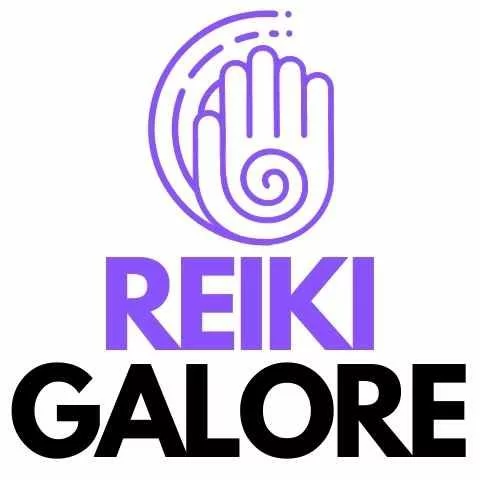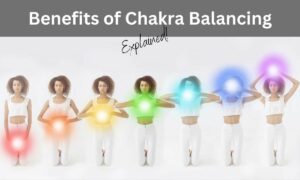If you’re new to Reiki, you may be wondering what it is all about. Or maybe you’ve heard some things about it and you’re not sure if it’s for you. In any case, read on for some interesting facts about Reiki, this ancient healing modality!
“Reiki may be more effective in treating some areas of mental health, than placebo, particularly if symptoms are clinically relevant.”
figshare.com
1. Reiki is a form of touch therapy that has been used for decades
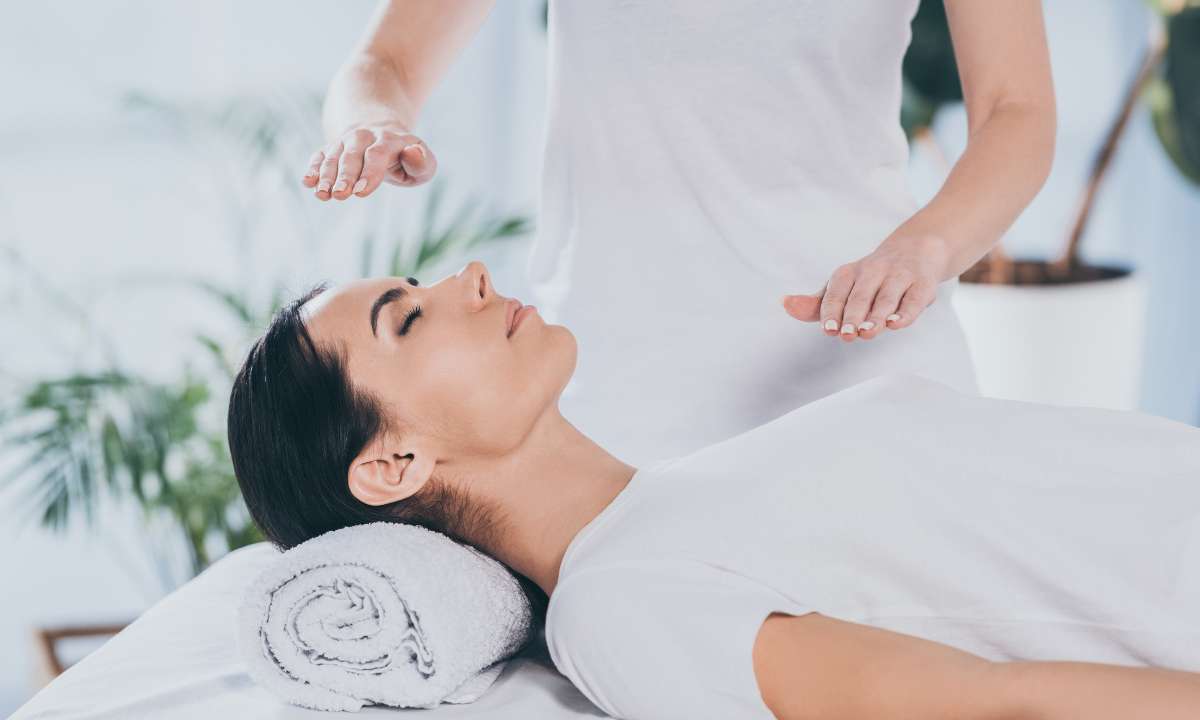
Imagine being able to heal yourself with just your hands. Reiki is a form of therapy that relies on this one fact, and it’s been around for decades! The best part about reiving? There are no tools involved in any sessions at all making them very different from other types of healing methods out there today.
2. It’s a Japanese word meaning “universal life energy”
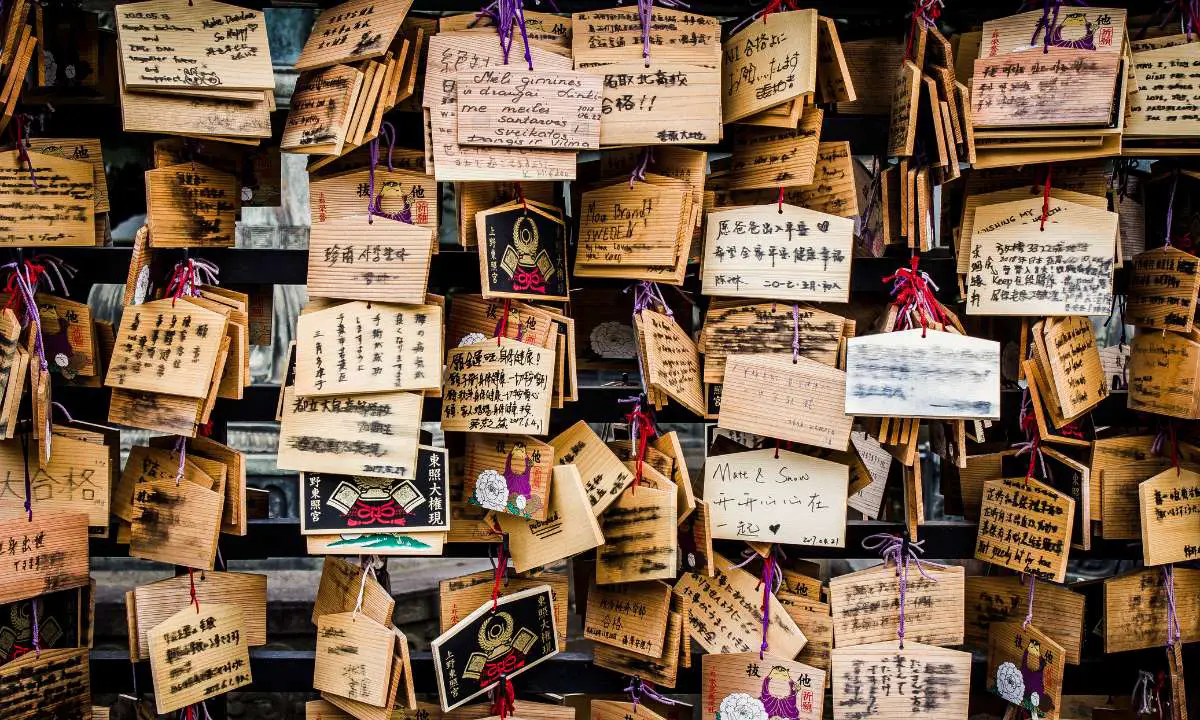
Reiki comes from the Japanese word meaning Universal life force energy. the practitioner serves as a conduit for healing energy directed into the body or energy field of the recipient with or without physical contact with the body.
3. Reiki was first developed in 1922 by Dr. Mikao Usui, who was trying to find an alternative healing method during the flu epidemic
Reiki is a type of alternative medicine that was first developed in 1922 by dr. Mikao Usui. He was trying to find an alternative healing method during the flu epidemic, which had killed millions of people worldwide.
Reiki is based on the idea that there is an unseen life force that flows through all living things. When this life force is imbalanced, it can cause illness and disease.
Practitioners believe that by using specific hand movements, they can help to restore balance and harmony to the body’s energy field. This, in turn, can promote healing and well-being.
4. The goal of Reiki is to heal both the mind and body
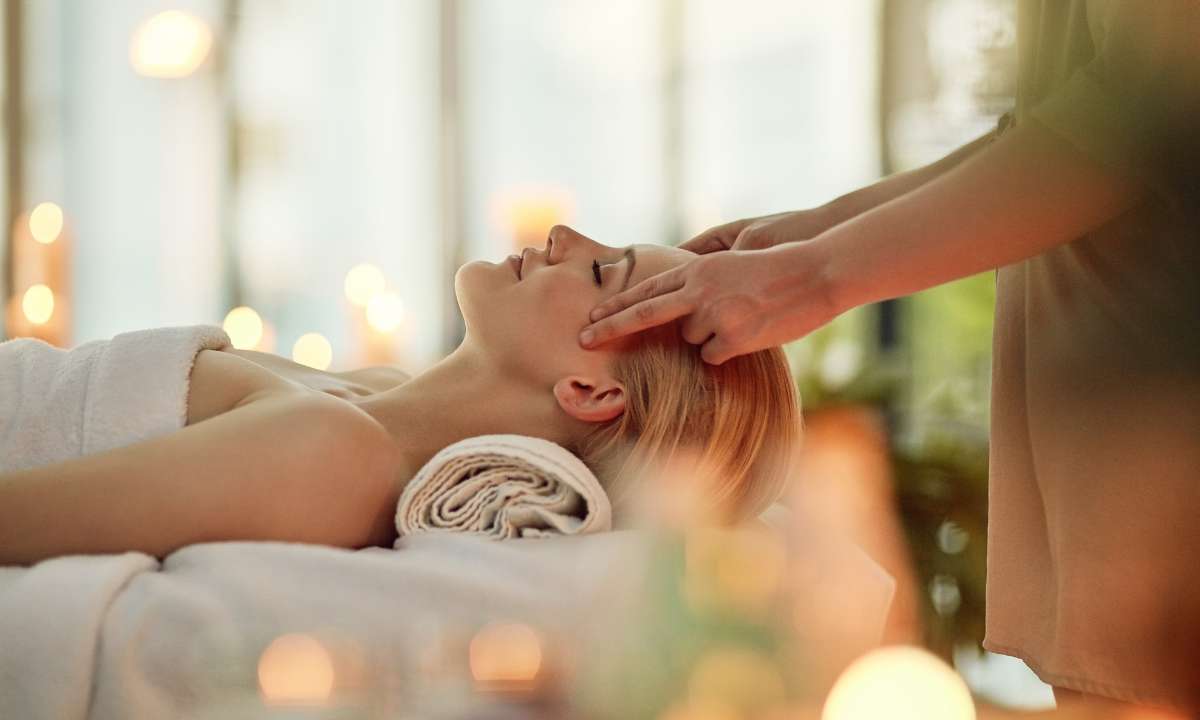
The goal of reiki is to heal both the mind and body. Reiki is a meditative practice that uses gentle touch to promote relaxation, reduce stress, and anxiety, and promote a positive mental state.
The therapist will place their hands above the client’s body in specific areas for several minutes at a time. The therapist may also lightly touch the client in specific areas.
The therapist will use different hand placements for different areas of the body.
5. There are 3 levels of reiki training
There are three levels of training in reiki, which are referred to as the first degree, second degree, and third degree.
- The first degree is the most basic level of training, and it focuses on teaching students how to perform reiki on themselves.
- The second degree is more advanced, and it teaches students how to perform reiki on others.
- The third degree is the most advanced level of training, and it focuses on teaching students how to become reiki masters.
To become a reiki master, students must complete all three levels of training.
6. You can practice Reiki on yourself
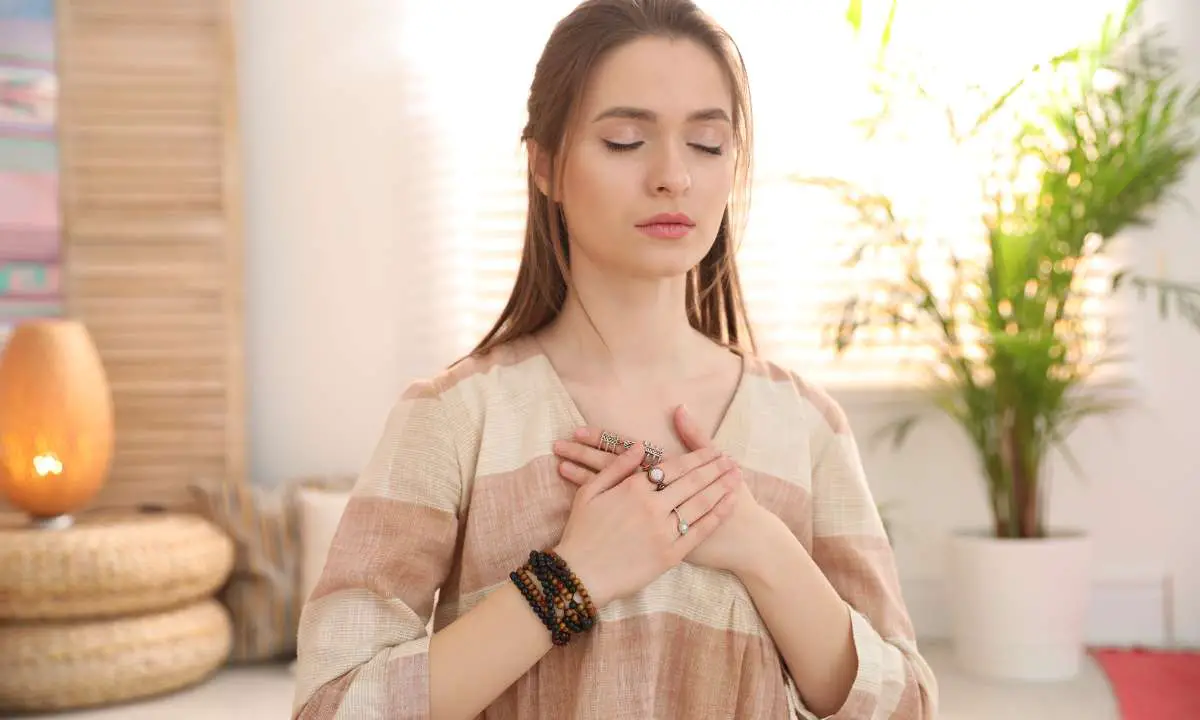
Reiki is a practice that anyone can learn, and it can be used on oneself as well as others. The first level of reiki is relatively easy to learn and only requires a short period of instruction.
Once you have learned the basic techniques, you can begin practicing reiki on yourself. It is important to find a quiet, comfortable place to do reiki, as this will help you to relax and focus your energy.
You may find it helpful to dim the lights and play soft music in order to create a peaceful atmosphere. During a self-treatment, you will gently place your hands in various positions on your body, allowing the universal life force energy to flow through you and promote healing.
Most people report feeling very relaxed after self-treatment, and many find that regular practice provides significant benefits such as reduced stress and improved sleep.
7. There are over 20 types of reiki
While there are many different types of reiki, they all share the same goal: to promote healing and balance. Usui reiki, also known as Western reiki, is the most common type of reiki practiced in the west.
Jikiden reiki, or eastern reiki, is a more traditional form of reiki. It is practiced in japan and uses fewer hand placements than Usui reiki. Karuna Reiki is a type of reiki that focuses on compassion and empathy.
It was developed in the 1980s by two American reiki masters, William lee rand and Eleanor bartlett. Lightarian reiki is a newer form of reiki that aims to connect practitioners with higher levels of consciousness.
Sekehem or seichim reiki is an ancient form of reiki that is said to date back to ancient Egypt. It uses symbols instead of hand placements and focuses on spiritual growth and transformation. While there are many different types of reiki, they all share the same goal: to promote healing and balance.
8. Reiki is performed by a healer who channels energies through touch or distant intention
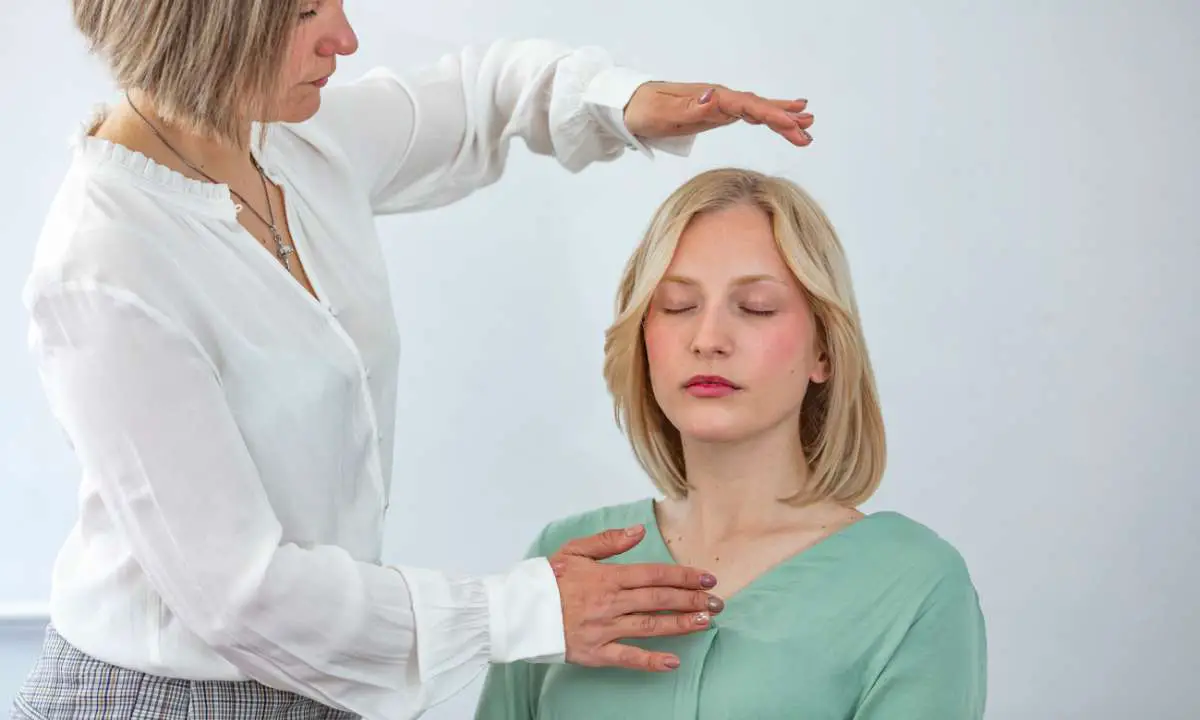
With Reiki, the healer channels energies to a patient through touch or distant intention in order to heal them.
Receiving this treatment results in feelings of warmth and lightness spreading throughout your body while you relax deeply into relaxation mode without any pain whatsoever!
9. A person does not have to be present for a reiki session
Reiki is a form of energy healing that does not require a person to be present in order for it to be effective. This means that you can receive the benefits of a reiki session even if you are located far away from the practitioner.
Reiki is known for its ability to reduce stress and promote relaxation, so even if you cannot make it to a session in person, you can still experience its benefits.
10. A person who has had a reiki treatment will feel lighter and more energized after it is completed

Have you ever had a reiki treatment? If not, you’re in for a treat! A person who has had a reiki treatment will feel lighter and more energized after the session.
This is because reiki helps to release blocked energy and promote peace and relaxation. So if you’re looking for a way to relax and de-stress, reiki might be the perfect solution for you!
11. There are over 4 million people practicing Reiki today
Reiki is said to be able to help with everything from stress and anxiety, to pain relief and better sleep. And while reiki may seem new to some, it’s actually been gaining in popularity for years.
In fact, there are now over 4 million people around the world who practice reiki on a regular basis. If you’ve never tried reiki before, now may be the perfect time to give it a go!
12. Reiki can be used to treat mental health problems and physical ailments
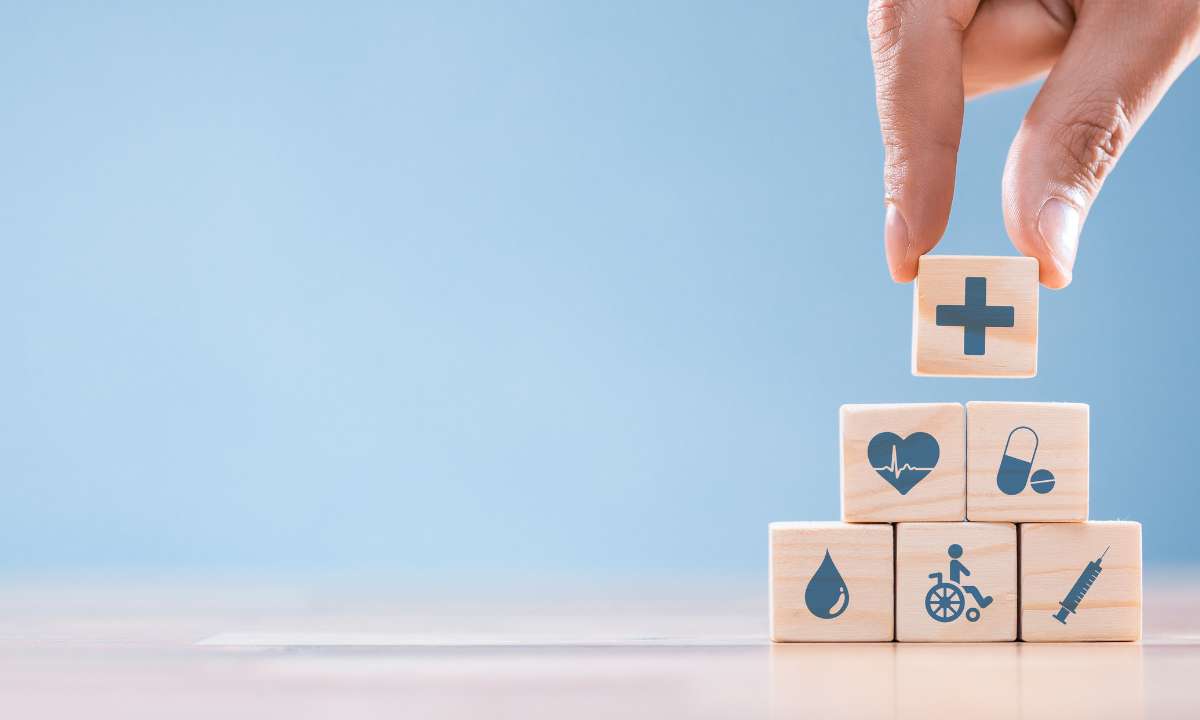
Reiki is a technique that has been used for a long time around the world to heal both ailments and emotions. It does not replace conventional medicine, but rather complements it as a form of holistic healing with many benefits on its own – from stress relief all the way up through spiritual enlightenment!
13. A typical session lasts for an hour or more
You’ll lie down on a treatment table while the reiki session lasts 60 – 90 minutes, though it varies depending on your needs. Arrive 10-15 minutes early so you can fill out the paperwork and prepare for what’s ahead of time!
Read here to find out what to wear
14. Reiki practitioners believe there are three levels of consciousness
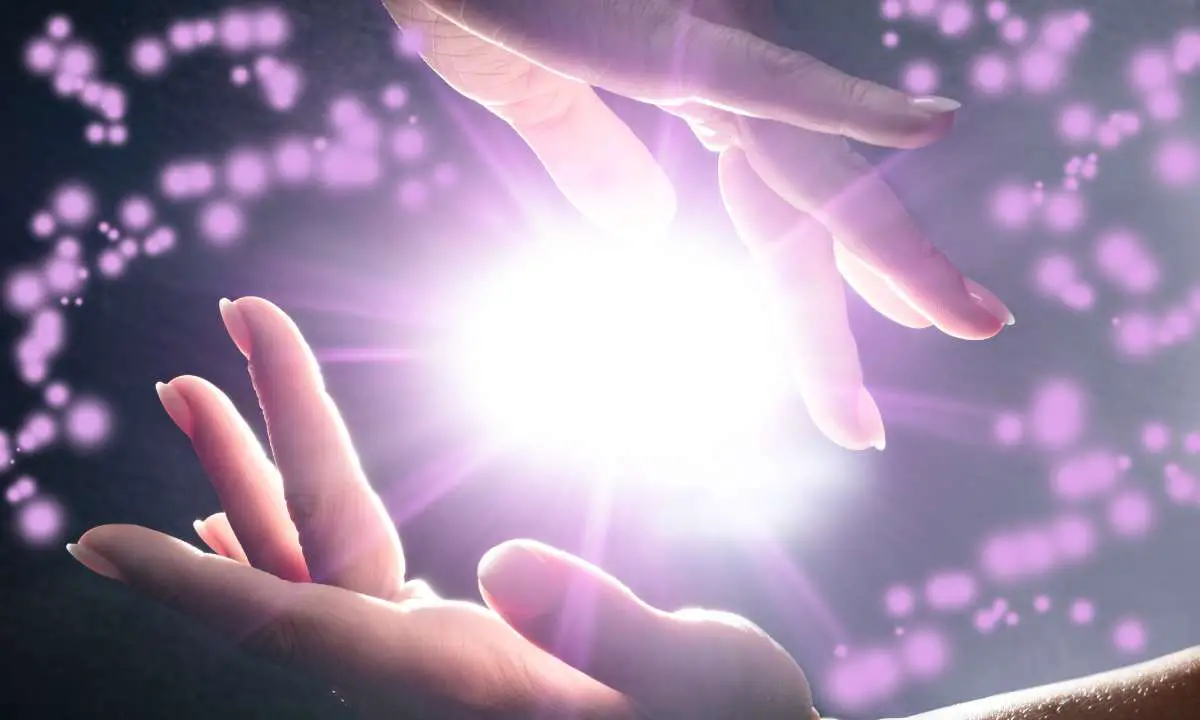
Reiki practitioners believe that there are three levels of consciousness:
- infinite,
- cosmic,
- and universal – which they call ki (pronounced key).
By attuning to this energy, practitioners are able to channel it into the person receiving treatment, promoting healing on all levels – physical, mental, emotional, and spiritual.
In addition to providing relief from pain and stress, reiki has been shown ease anxiety and depression, and promote overall well-being. Whether you are seeking relief from a specific condition or simply looking to improve your sense of well-being, reiki could be the perfect modality for you.
15. Reiki can be used to heal people and animals
Reiki is a type of energy healing that can be used to promote relaxation and balance in the body. It is based on the belief that all living things are connected by an invisible life force energy, and that this energy can be used to encourage healing.
If you are looking for a safe and gentle way to promote relaxation and balance in your life, reiki may be worth considering.
16. Reiki can also be done remotely over phone or Skype sessions with some limitations when compared with in-person sessions
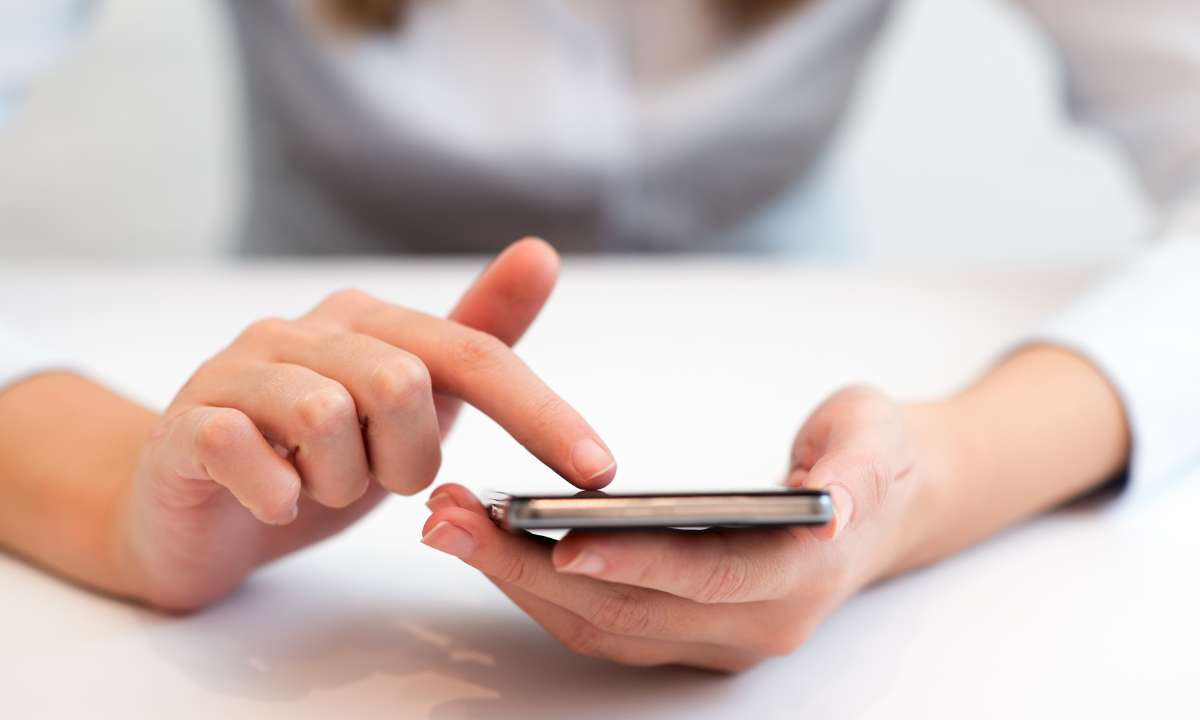
While remote reiki sessions may not offer the same level of personal connection, they do have some advantages. For one, they can be more convenient, as you don’t need to travel to see a practitioner.
They can be less expensive than in-person sessions. And finally, they may be suitable for people who are not comfortable with touch therapies. If you’re considering trying reiki, both in-person and remote sessions can be beneficial. The best option for you will depend on your individual needs and preferences.
17. It’s a type of energy work where the practitioner places their hands on or near the body to balance and unblock your chakras
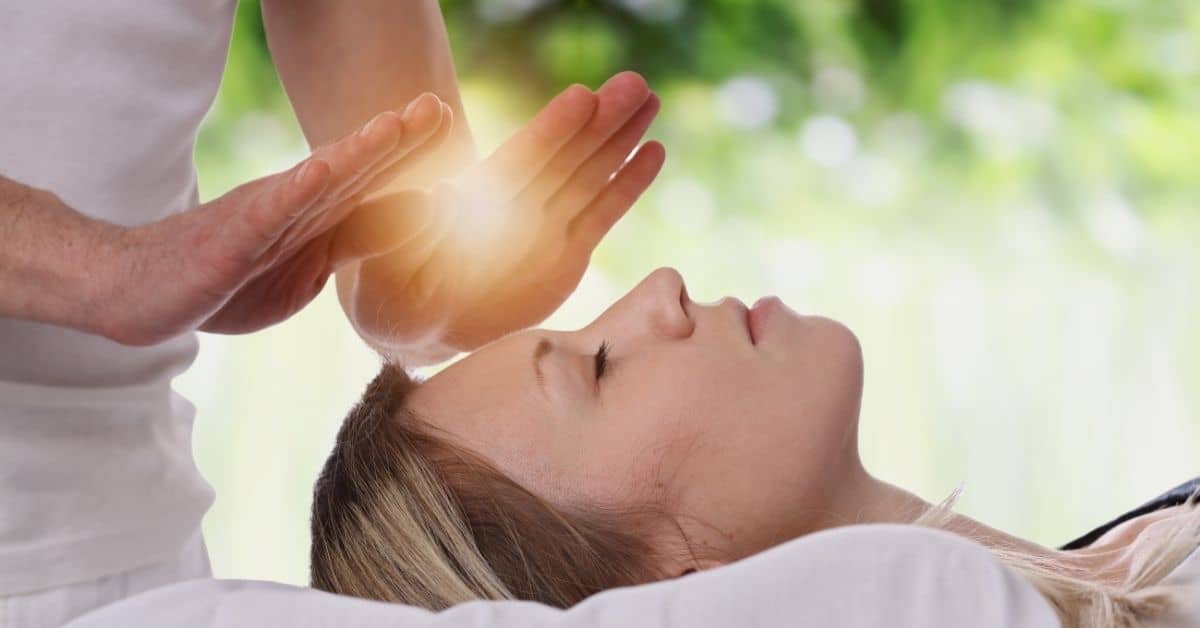
Energy healing works by bringing the body into balance. Our bodies are constantly interacting with the world around us, and sometimes that interaction can throw us off balance.
Energy healing helps to restore the body’s natural equilibrium, promoting physical, emotional, and spiritual well-being. One way that practitioners do this is by using their hands to channel universal life energy.
This energy flows through the practitioner and into the client, helping to promote balance and healing. The next time you feel lost or uncentered, consider seeking out an energy healer. It might just be what you need to get back on track.
18. In some cases it can also be used to help with physical ailments like migraines or chronic fatigue syndrome

While reiki is often used for stress relief, it can also be used to help with physical ailments like migraines or chronic fatigue syndrome. In some cases, reiki can even help to speed up the healing process.
It is important to remember that reiki should never replace conventional medicine. Rather, it should be used as a complementary therapy. If you are interested in trying reiki, be sure to consult with a qualified practitioner.
19. It’s not uncommon for people who have never tried it before to feel drowsy or dizzy after receiving treatment because they’re so relaxed
It’s not uncommon for people who have never tried it before to feel drowsy or dizzy after receiving treatment. This is because they’re so relaxed.
If you’re interested in trying reiki, it’s important to be aware of this side effect and make sure that you won’t be driving or operating heavy machinery after your session. Most people find that drowsiness and dizziness dissipate quickly, but if you have any concerns, be sure to speak with your practitioner beforehand.
Summary
The general consensus is that reiki can be a very powerful and helpful healing tool. If you’re interested in learning more about the power of this ancient practice, then look no further than these amazing reiki facts.
I hope you have enjoyed reading them as much as I did! Feel free to share with your friends on social media or send it along to those who might benefit from its life-changing powers. Let’s help spread the love by sharing our beautiful message – there are many ways we can make a difference if we open ourselves up to new possibilities!
